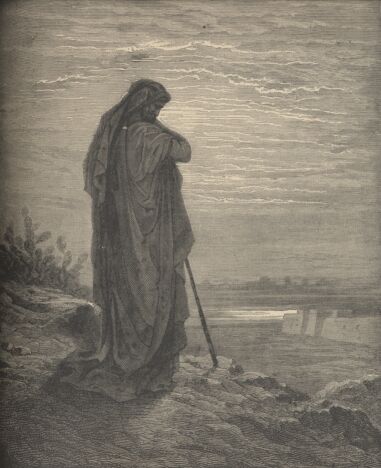THE PROPHET AMOS.

|

|
Amos, one of the earliest of the Hebrew prophets, flourishedduring the reign of Uzziah, about 790 B.C., and was consequentlya contemporary of Hosea and Joel. In his youth he lived at Tekoa,about six miles south of Bethlehem, in Judaea, and was a herdsmanand a gatherer of sycamore fruit (Amos i, i; vii, 14). Thisoccupation he gave up for that of prophet (vii, 15), and he cameforward to denounce the idolatry then prevalent in Judah, Israel,and the surrounding kingdoms.
The first six chapters of his book contain his denunciationsof idolatry; the other three, his symbolical vision of theoverthrow of the people of Israel, and a promise of theirrestoration. The style is remarkable for clearness and strength,and for its picturesque use of images drawn from the rural andpastoral life which the prophet had led in his youth.